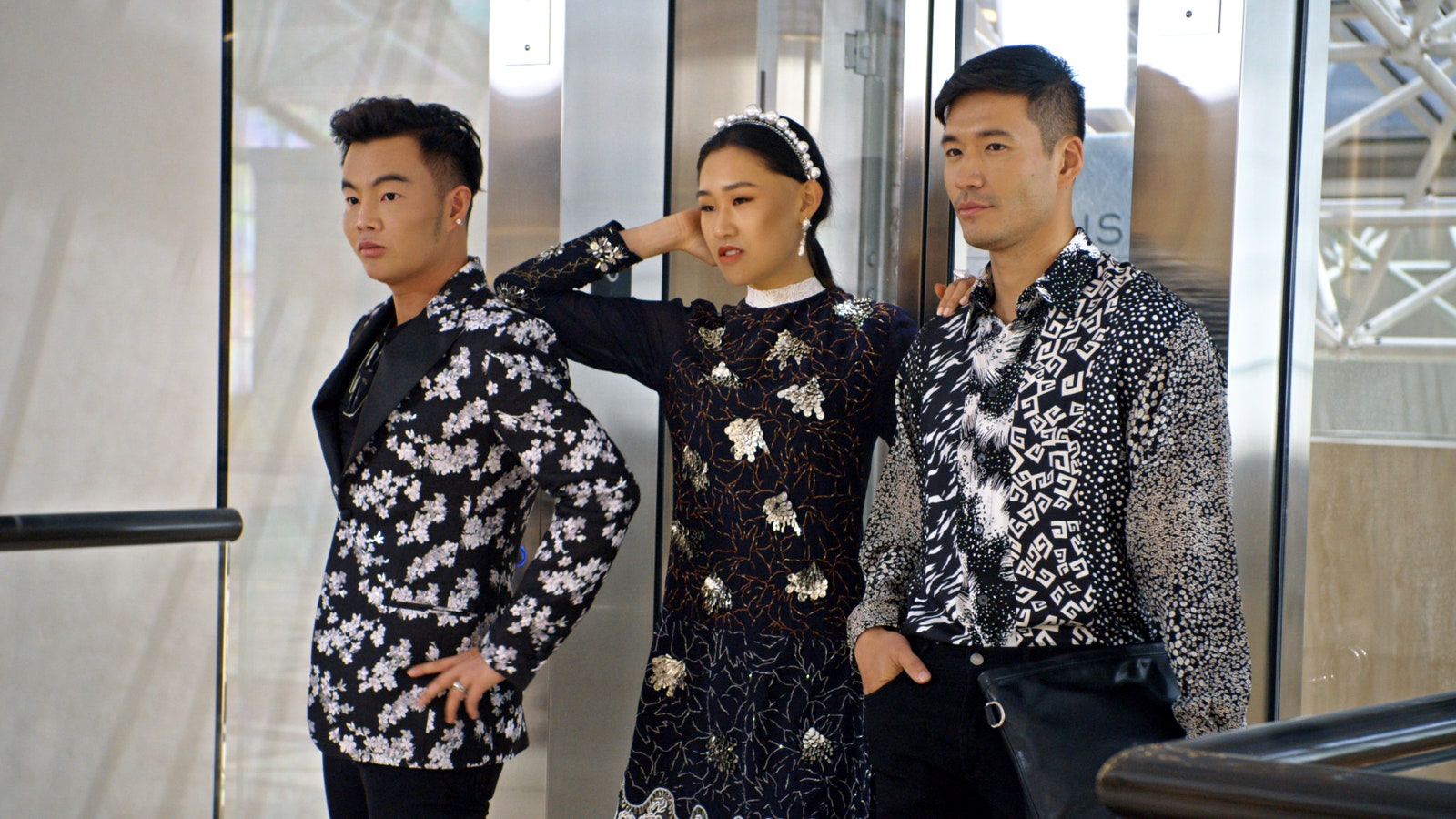The series is a fun, designer-filled escape...with no sign of the Asian-American experience I know.

Netflix's 'Bling Empire' Is a Dazzling Reality Show—But Not One I Can Identify With
Chinese New Year in my family was always a hot mess, in the most literal sense. The kids would eat first, purposely overturning baskets of meat into the boiling broth and stealing fish balls from one another, before grabbing our red envelopes and settling into the basement of our grandparents’ house in Flushing, Queens to watch Top Gun, a tradition among the cousins.
It’s pretty much the opposite of what Chinese New Year looks for the super rich—if the cast of Bling Empire is any indication, at least. The Netflix reality series, which follows a group of wealthy Asians living and socializing in Los Angeles, opens with a dinner party celebrating the Lunar New Year on Rodeo Drive. It’s opulent beyond belief; what’s more, the host shares that she’s sponsored an orphan in China for each guest...as a party favor.
That’s the downfall of Bling Empire for me: It centers an experience that’s completely unrecognizable to most. Even Kevin, the person who seems to be playing the everyman, is a model and influencer with a 12-pack whose Dior jackets are paid for by Russian-Japanese oil heiress Anna Shay. The show has gotten comparisons to Crazy Rich Asians, but it’s more like Crazy Rich People Who Happen to Be Asian. And here there’s no Constance Wu as Rachel Chu, the daughter of a single mom and Chinese immigrant, to serve as the conduit for the average viewer. At least Eleanor Young was a villain with some spunk—and, importantly, a believable, somewhat-sympathetic backstory.
There’s not much of a backstory in Bling Empire. As a second-gen Asian immigrant who appreciates drama, I was looking for a little tension around being Asian in America, wealth notwithstanding, or at least some cultural touchpoint I could identify with—bonding over feeling obligated to stay close to and care for our parents as they get older, maybe, or the merits of putting pork floss in your congee.
Instead, the first instance of drama is about two rich ladies owning the same diamond necklace. There are occasional hints of struggle, like when Kevin talks about being adopted by a white family and being bullied as a kid, but they’re only mentioned briefly before the show moves on to close-ups of sneakers.
Because of this, Bling Empire feels insulated from the larger experience playing out across America. Right now, Chinatowns across America are struggling due to xenophobia and COVID closures, and hate crimes targeting Asians have gone up. And lest the model minority myth (and this show) make you think otherwise, not all Asians are rich or successful, or Chinese or Japanese or Korean. In New York City, for instance, Asians have the highest poverty rate of any group—a stat that’s usually met by disbelief or a raised eyebrow, in part because of the stereotypes like the ones propagated by Bling Empire.
That said, it’s nice to see Asians on TV not wielding nunchucks or serving as human calculators, though there are better shows for that. (See: Jason Mendoza in The Good Place.) And as a biracial woman, it’s gratifying to see Anna Shay—a biracial woman, but one who probably doesn’t have to stress about paying her quarterly taxes—accepted without question as part of the rich Asian crowd, which isn’t always the case.
So if you’re looking for a fun, designer-filled escape, Bling Empire offers just that. If you’re hoping for more, manage your expectations accordingly—because like many reality TV shows before it, I found it doesn’t actually show much reality.
Deanna Pai is a writer in New York City. Follow her on Instagram @deannapai.
This story originally appeared on: Glamour - Author:Deanna Pai




























